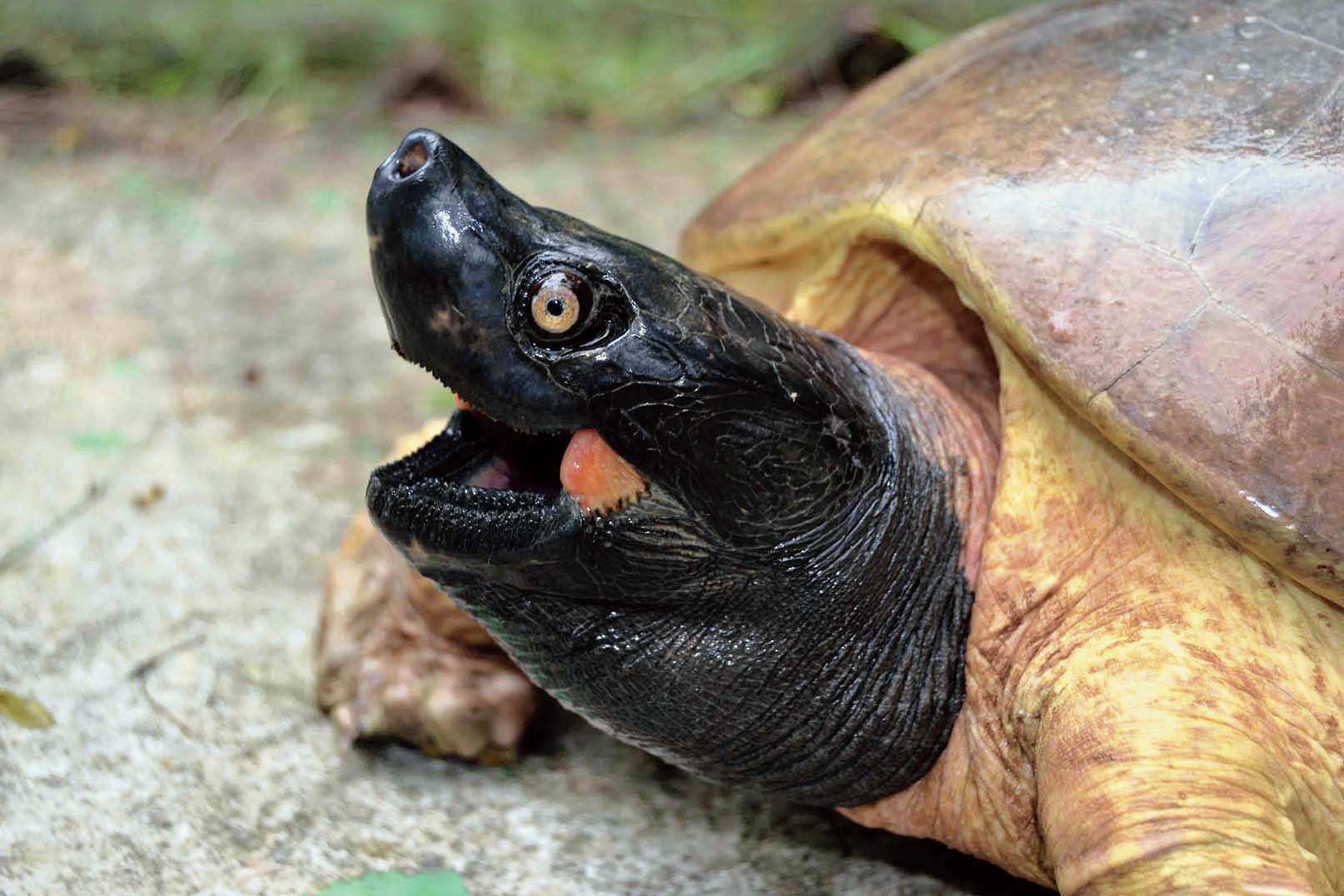The number of river terrapins was hardly 50 more than a decade ago and conservationists were worried the freshwater turtle would soon join the list of extinct animals.
The International Union for Conservation of Nature (IUCN) termed it “critically endangered”.
A breeding programme was started in the Sunderbans to increase their numbers. Today, there are 300 river terrapins and the forest department plans to release some of them in the waters of Sunderbans this year as part of its programme to save the animal and increase their population.
“The number of river terrapins had dipped and they were rarely seen. Around 2002, some fishermen in the Sunderbans rescued few terrapins,” Nilanjan Mallick, field director, Sunderban Tiger Reserve, said.
The breeding has been done in several places inside the reserve. “We now have 300 of them in our breeding centres,” Mallick said.
The Bengal forest department has undertaken the conservation and breeding programme with help from Turtle Survival Alliance, a global organisation that works for captive management of freshwater turtles and tortoises.
The alliance is working on increasing the population of terrapins in the part of the Sunderbans that falls in Bangladesh as well.
Shailendra Singh, the director of Turtle Survival Alliance’s India office, said they had plans to release some terrapins in the wild in 2019. There are 300 of them at the breeding centres but the plan is to release only a few, Singh said.
“We are reintroducing the terrapins in the Sunderbans in a phased manner,” he said. “Once they are released we will monitor how many survive and in what condition. We will have to study if there are any threats to the terrapins in wild.”
A chip will be attached to each of the released turtles for easy tracking. It will help conservation workers to zero in on places where more turtles can be released in future.
The time and location of release will be decided keeping in mind the threat of poachers, unwanted attention of tourists and preying by crocodiles. “Reptiles are known to move and eat less in winter... so, it would be ideal to release the terrapins in winter. The probability of them getting time to adapt themselves in the wild will be higher as well,” Singh said.
One of the primary reasons for the dip in their numbers is people killing them for their meat.
The terrapins feed on fishes, crustaceans and fruits of some mangrove trees. The turtles live for about 70 years, Singh said.
The IUCN’s website says the turtle lives in terrestrial habitat like “sandbars and riverbanks” as well as in “tidal areas of large river estuaries”.
The website, based on a June 2000 assessment, says terrapins are extant in Bangladesh, India, Cambodia, Indonesia and Malayasia.
The next part of the conservation programme includes sensitising fishermen of the Sunderbans about the terrapins so that they do not harm them in case they get trapped in fishing nets.
A conservation worker said fishermen would be told to hand over the turtles to the forest department.
The Turtle Survival Alliance and the Bengal forest department started working together in 2008.
After initial research, the captive breeding programme was started in 2012. A first batch of 10 turtles was released in 2016.

An adult terrapin Shailendra Singh/TSA India










